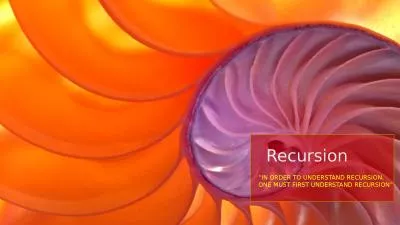PPT-Recursion CSE 2320 – Algorithms and Data Structures
Author : danika-pritchard | Published Date : 2019-06-27
University of Texas at Arlington 1 Updated 2212018 Background amp Preclass Preparation Background review Recursive functions Factorial must know how to write
Presentation Embed Code
Download Presentation
Download Presentation The PPT/PDF document "Recursion CSE 2320 – Algorithms and D..." is the property of its rightful owner. Permission is granted to download and print the materials on this website for personal, non-commercial use only, and to display it on your personal computer provided you do not modify the materials and that you retain all copyright notices contained in the materials. By downloading content from our website, you accept the terms of this agreement.
Recursion CSE 2320 – Algorithms and Data Structures: Transcript
Download Rules Of Document
"Recursion CSE 2320 – Algorithms and Data Structures"The content belongs to its owner. You may download and print it for personal use, without modification, and keep all copyright notices. By downloading, you agree to these terms.
Related Documents

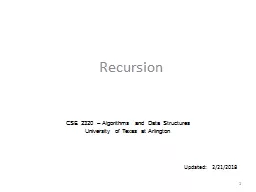
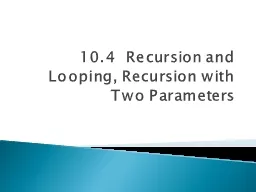
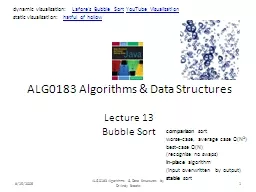
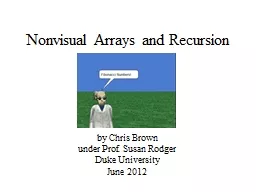
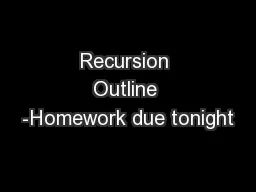
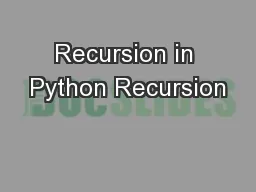
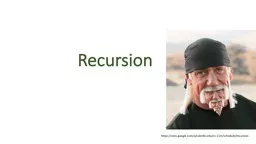
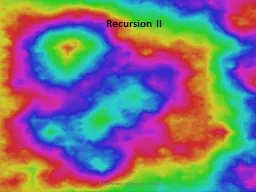
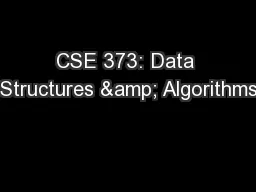
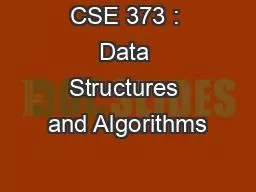
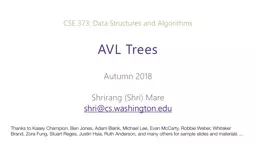
![[eBOOK]-Easy Learning Data Structures Algorithms ES6+Javascript: Classic data structures](https://thumbs.docslides.com/975195/ebook-easy-learning-data-structures-algorithms-es6-javascript-classic-data-structures-and-algorithms-in-es6-javascript-easy-learning-javascript-and-design-and-data-structures-and-algorithms-book-3.jpg)
